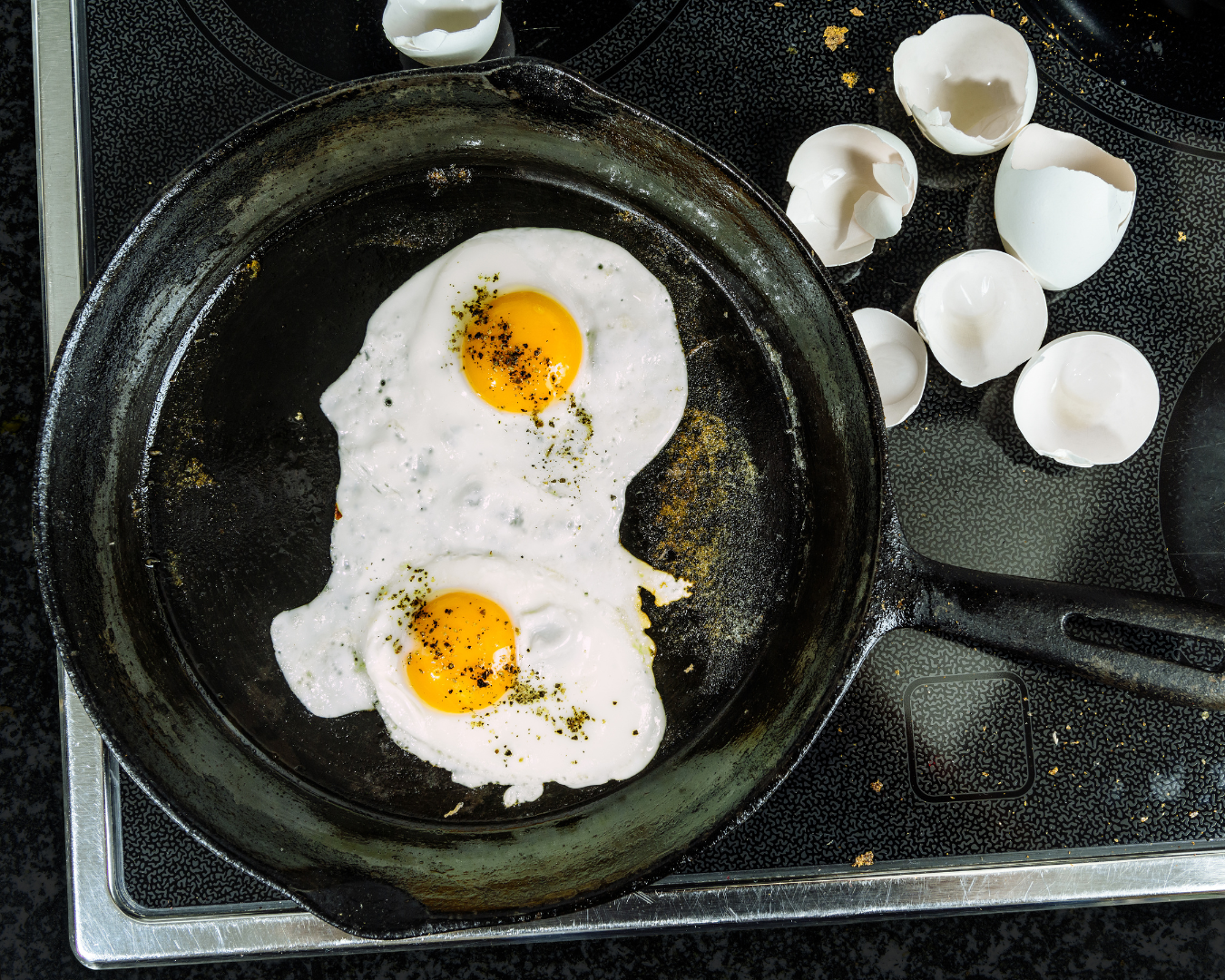Cooking with Cast Iron on Your Cooktop: Tips and Techniques
Cast iron cookware is a kitchen staple revered for its durability, versatility, and superior heat retention. Whether you’re an experienced chef or a home cook, using cast iron on your cooktop can elevate your culinary game. However, mastering cast iron requires some know-how to ensure optimal results and maintain your cookware’s longevity. Here’s a comprehensive guide to help you get the most out of your cast iron on your cooktop.
Why Choose Cast Iron?
- Durability: Cast iron cookware can last for generations if properly cared for.
- Heat Retention: It maintains heat exceptionally well, making it ideal for searing, frying, and slow-cooking.
- Versatility: From stovetop to oven, cast iron can handle a variety of cooking methods.
- Non-Stick Surface: A well-seasoned cast iron skillet offers a natural non-stick surface without the need for synthetic coatings.
Preparing Your Cast Iron for Cooktop Use
Before using your cast iron cookware, it’s essential to ensure it’s well-seasoned and properly maintained.
1. Seasoning Your Cast Iron:
- Clean: Wash the skillet with warm, soapy water. This is the only time you should use soap on your cast iron.
- Dry Thoroughly: Use a cloth or paper towel to dry the skillet completely. Any moisture left can cause rust.
- Apply Oil: Rub a thin layer of vegetable oil or melted shortening over the entire skillet, inside and out.
- Bake: Place the skillet upside down in an oven preheated to 375°F (190°C) for an hour. Put a sheet of aluminum foil on the lower rack to catch any drips. Allow it to cool in the oven.
2. Routine Maintenance:
- Avoid Soap: Clean your skillet with hot water and a stiff brush. Use coarse salt for stubborn food residue.
- Dry Immediately: After washing, dry the skillet completely to prevent rust.
- Oil Lightly: After each use, apply a light coat of oil to maintain the seasoning.
Tips for Cooking with Cast Iron on Your Cooktop
1. Preheat Gradually:
Cast iron heats slowly but retains heat exceptionally well. Preheat your skillet over low to medium heat for about 5-10 minutes before cooking. This ensures even heat distribution and prevents hot spots.
2. Use the Right Utensils:
Metal utensils are safe to use on cast iron. Unlike non-stick pans, the surface is tough and can handle metal spatulas and spoons without damage.
3. Control the Heat:
Cast iron retains heat longer than other materials. Once the skillet is hot, you may need to lower the heat to maintain a steady temperature and prevent burning.
4. Avoid Acidic Foods Initially:
While well-seasoned cast iron can handle acidic foods like tomatoes and citrus, cooking these items frequently or for extended periods can degrade the seasoning. Until your skillet is well-seasoned, limit cooking acidic foods.
5. Use Oven Mitts:
Cast iron handles get very hot. Always use oven mitts or pot holders when handling your skillet to avoid burns.
Techniques for Cooking with Cast Iron
1. Searing and Browning:
Cast iron is perfect for searing meat, poultry, and seafood. The high heat capability allows for a crispy, caramelized exterior while keeping the inside juicy.
2. Baking:
From cornbread to frittatas, cast iron skillets can go directly from the stovetop to the oven. This versatility allows for a wide range of recipes.
3. Frying:
The even heat distribution makes cast iron ideal for frying. Whether you’re making fried chicken or donuts, the consistent temperature ensures even cooking.
4. Sautéing:
Vegetables, garlic, and onions sauté beautifully in cast iron. The high sides of a cast iron skillet or Dutch oven help contain splatters.
5. Simmering and Braising:
Cast iron Dutch ovens are perfect for slow-cooked dishes like stews and braises. The heavy lid keeps moisture in, making for tender and flavorful results.
Troubleshooting Common Issues
1. Sticking Food:
If food sticks, your skillet may not be properly seasoned. Apply a thin layer of oil and bake it as described in the seasoning process.
2. Rust:
Remove rust by scrubbing with a steel wool pad and then reseasoning the skillet. Ensure it’s thoroughly dried and lightly oiled after each use to prevent future rusting.
3. Uneven Heating:
Preheat your skillet gradually and ensure it’s large enough to evenly distribute the heat on your cooktop.
Cooking with cast iron on your cooktop offers a blend of tradition, flavor, and versatility that few other cookware materials can match. By following these tips and techniques, you can enjoy the benefits of cast iron while ensuring your cookware remains a reliable kitchen companion for years to come. Embrace the charm and functionality of cast iron, and elevate your cooking experience with this timeless kitchen essential.

